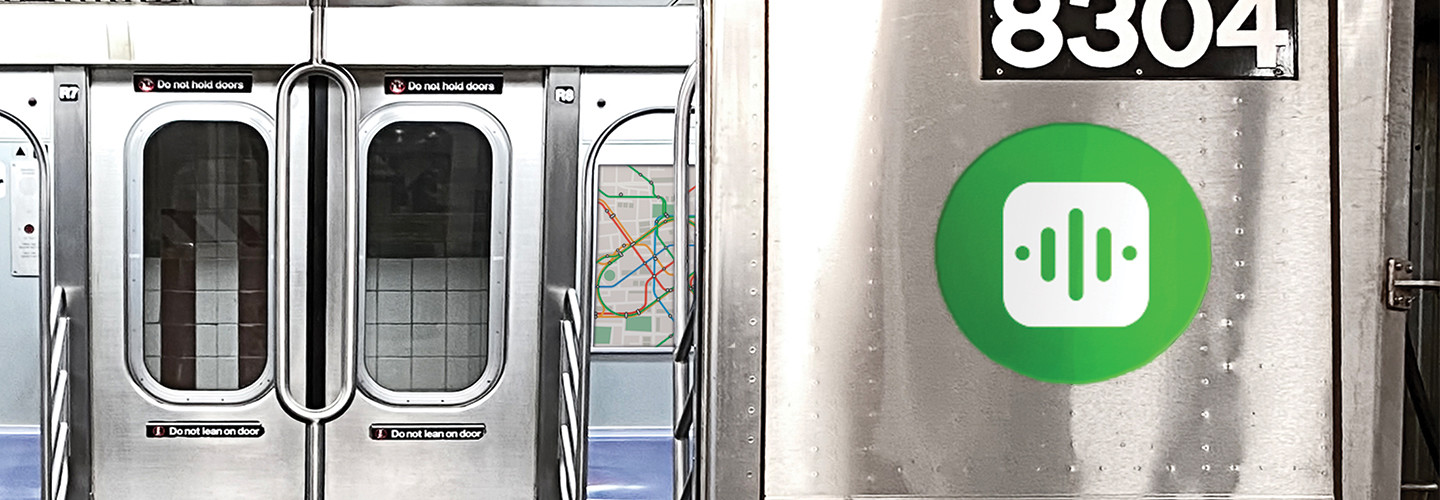
Our interpreters used to run around the hospital to every visit as needed. We never could get them to be more than 60 percent productive because a lot of their time was spent not on translation but on travel and waiting. Now their productivity rate is nearly 90 percent because they just drop into the Zoom meeting when they’re needed, they translate, and then they drop back out. Our strategy is to try to stay connected to our families and meet them where they are rather than making them always come into the hospital.
HEALTHTECH: Please walk us through the use of Amazon Echo Show and Alexa devices at your clinics. What was the initial reaction to the proposal? What were some concerns, and how did you address them?
HIGGINSON: I was searching for how to provide this in a low impact way to IT. How can we have it always available? They’re very inexpensive. There’s no ongoing cost, and if they stop working, you just unplug them and plug them back in. From a technology perspective, it was really a sweet spot. We approached Amazon at that time and found they were just at the infancy of a program called Alexa Smart Properties. They were aware of what we were working on and helped us.
We tested the devices in a couple of clinics first. It’s rare in IT that you have the clinical staff immediately adopt something and then run with it. Within two weeks, we were finding use cases that we hadn’t thought of that they’d already come up with. A great example is for an allergy workup; we can be booked out for that. One day, the doctor got sick and couldn’t come in. The team thought they would have to cancel all of these appointments. But instead, the doctor connected remotely with the nurse and the patient in clinic. On a dime, the clinic figured out how to use the Alexa device to bring everyone together and keep the appointment. With that degree of ownership and adoption, I knew we were onto something.
EXPLORE: Specialty care is leading the change in telehealth.
We then quickly rolled out the Echo Show devices across the rest of the organization and provided some limited training. We decided to commit to all 750 exam rooms at Phoenix Children’s Thomas Campus because we wanted that notion of it being always available.
Another use case that has really elevated this tool is for mental health screenings. In many children’s hospitals, when you treat the patient for gastroenterology or general pediatrics, you do a screening to make sure that child is in a good, safe space. A big challenge is acting once you collect that information. So, we built an electronic tool where patients can do the survey and scoring right before they get to the visit, and then we assign color-coded zones for that patient, that way they may go straight to the emergency room for a serious need or immediately know they need a therapy appointment. As a GI doctor finishes the visit, they do a hot handoff to a mental health therapist on Zoom, who has already queued up the list of patients who have just screened positive for suicide risk. The therapists make sure patients don’t leave without another appointment or without the help they need to deal with whatever crisis they’re having in that moment. That has made a huge difference. We’ve now rolled out that process over multiple clinics — I can’t tell you the number of families who have said, “This saved my child.” So, this kind of virtual environment works really well. That is really the ideal use case, where we’ve worked it into a process versus just having an ad hoc device.
HEALTHTECH: What else is in store for the use of Alexa at your clinics? How has having such a consumer-friendly tool used in a clinical setting changed processes or even mindsets among staff?
HIGGINSON: We’ve changed the processes with those ancillary clinical staff being able to potentially be remote all or some of the time. For staff in the clinic, it’s just another tool that they have that they don’t feel intimidated by. It is now something that many of them are used to.
We’re focused on the inpatient room now. We will soon have hospitals in many parts of the state, and if you need a neurologist who’s 30 miles away, we now have an opportunity to do a remote consultation for a patient without having a nurse wheel in a device and manage the whole thing effectively as an audiovisual assistant — which is not good use of a nurse’s time and skill. We’re working very hard on this idea: Can the consultant who is remote do a virtual knock on the door? We don’t want yet another device in the room that’s going to get broken. We’re trying to leverage the television as much as we can. And then, more important, we want to establish this workflow where a neurologist can be between clinic appointments, do a quick consult 30 miles away and not have to drive three hours in order to do that. That’s a great opportunity for everybody: quicker care for patients and a better experience for our clinicians. It’s a pretty difficult challenge, but that’s what we’re hoping to crack.


